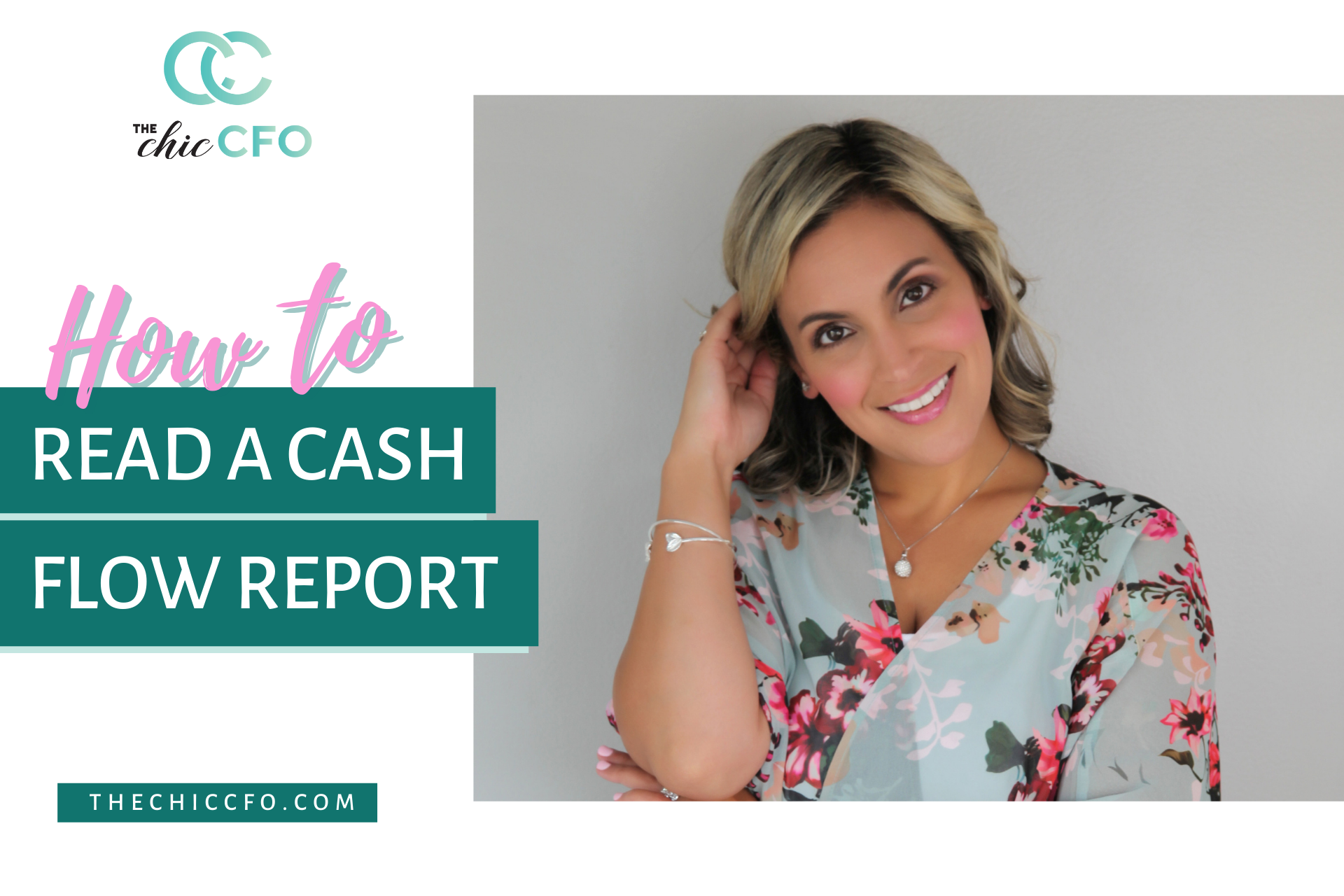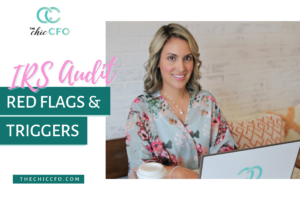How to Read a Cash Flow Report
We’re at the final in my series of Financial Literacy blogs (you can catch parts one and two if you missed them.)
I have a few mottos when it comes to taking control of your finances, but one of my favorites is that Cash is Queen. It can look like you have a million dollars according to your Profit and Loss statement, but guess what? You might have no dollars in the bank.
It’s a hard truth that even the most profitable businesses can go broke because they run out of money. It’s essential to know exactly where every penny is coming from, and going to.
If you’ve ever scratched your head, wondering why you can be showing a healthy profit but have NO cash to show for it, this is for you.
Cash vs Accrual
P&L statements are great for tracking where your business is heading. But they can lead to a huge disconnect with your bank accounts unless you’re careful.
It would be useful to watch my live training on YouTube so you can follow along, but there are some basics you need to know: When it comes to accounting, P&Ls can be run on either a cash or accrual basis.
You can have a play around with Quickbooks Online’s demo account to see how this affects your financial statements.
The Cash Method:
If you’re using the cash method to track your expenses, you’re recording things on the day they happen in your bank account.
For example, if you paid your electric bill on March 21st, the cash method would record it as March 21st (not the day you were billed).
The Accrual Method:
By contrast, if you’re using the accrual method, you’re recording your expenses as you receive them. This would be if you recorded your electricity bill payment on the day you received the bill (and not the day the money left your account).
Recording revenue as cash vs accrual
Similar to expenses, using the cash method you would record your income on the day your client actually paid you. If you use a payment processor like Stripe, that won’t necessarily be the day the money reaches your bank account. But it will be the day your client paid the invoice.
If you’re using the accrual method to record your income, you would be recording as it is earned not paid.
What does this mean?
Well, you might be a service provider who charges once the job is complete. On accrual, you would record your income on the day you invoice the client or sign the contract. Even though you won’t be getting paid until some time later.
This is where I see business owners confused; their P&L statement shows $50000 in revenue, but where is it?
It’s not actually been paid yet because it’s accrued revenue…
This is where you can get into hot water: you’ve not yet received payment for the service, but you’ve had expenses related to that service that you’ve had to pay out. Leaving you (even temporarily) with less profit than your P&L statement claims.
So…where the heck is your money?
I’ve had situations where a business owner sees (from their P&L) that they have $50000 income and so should have a $20000 profit… but they don’t.
When we look at their cash flow, we see that half of that revenue hasn’t actually been paid yet – it’s accrued revenue.
This can really trip up your cash flow, because you’re waiting on a promised payment but you’re still having to pay out expenses linked to that service!!
I strongly recommend you move across to the cash method of recording revenue so your cash flow actually flows!
But let’s talk about where that missing money is…
Understanding how to read your Cash Flow Report
Once you’ve taken into account which method of recording you’re using (and you can have a look at the QBO demo account here), there might still be something missing.
This is because of certain expenses which don’t get recorded on a P&L but still affect your cash flow:
- Financing activities
- Operating activities (the payments you make for providing a service), and
- Investing activities
Certain financial transactions seem to fly under the radar. One example is when you pay yourself as a draw; it’s not a business expense so it doesn’t get recorded on a P&L. Or any loan payments – you can expense the interest but not the principal.
You might also have some high-ticket investments for your business that you’re hoping will bring in more revenue in the future. You can’t get a tax deduction on these upfront so they won’t be recorded on a P&L but they will affect your cash.
When you break down all these ‘extra’ transactions, that’s when you’ll find the numbers matching up. And where your cash actually is.
It’s a slippery slope where you start to imagine that the profits being reported on your P&L equal the cash in your bank accounts. It’s essential to know where your cash is actually going, because Uncle Sam wants his share.
When you file your tax returns, the IRS will want a portion of your recorded profits. It’s your job to make sure you have the cash to cover that.
I really hope that this post has helped to clear up some of the confusion around cash flow and profits, and that you’re feeling at least a little more financially literate.
My online, self-paced course Profit Perfect is designed to help you with this stuff – and more! It aims to get you mastering your finances in just 5 weeks, without the confusion, overwhelm or math that’s usually associated with financial literacy.
Take a look at my Behind the Scenes video to get a feel for how to really take back control of your finances. And if you have any questions about anything money management, drop me a message!






